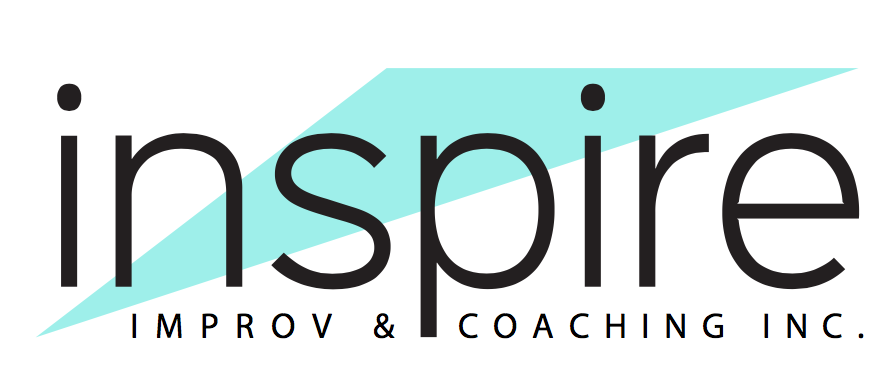DISC Assessment FAQs
What is the DISC assessment?
The DISC gives insight into one's observable communication style. If I were to follow you around for a day, what might I observe about your behavior, how you communicate with others and what would that say about how you prefer to be communicated with?
The DISC assessment is a tool, used to gain self-awareness, improve communication and teamwork. It is not meant to label or put anyone in a box. The result of the assessment alone, does not define who you are. It represents a small portion of the many aspects that make you, you (core values, EQ, skillset, passions, talents, past life and professional experience etc.). All of this to say, you could have the same exact results as a teammate, while being two unique people.
How long does it take?
I use the Target Training International DISC assessment, which typically takes about 15 minutes to complete online.
What does DISC stand for?
Each of the four letters represents a different factor:
D - Dominance
I - Influence
S - Steadiness
C - Compliance
We understand that each person is a unique combination of each of these factors. The assessment gives us an idea of how prominently each factor shows up for us, giving us self-awareness around how we communicate and how we like to be communicated with.
Is one communication style better than another?
No, the whole assessment is rather neutral. There is nothing inherently “good” or “bad” about any of the factors, they simply are what they are.
What doesn’t the DISC measure?
IQ, EQ, specific skills.
How is the DISC assessment used?
Self-awareness: The DISC gives us an opportunity to learn about how we communicate, or how we come across to others, as well as how we like to be communicated with. (Do I prefer direct, to the point communication, or do I need a lot of information/details before moving forward with a decision? Do I want to get right down to business, or do I need to connect on a personal level before tackling the task at hand? Am I more people or task oriented?)
Awareness of others: Once we have an idea of how we want to be communicated with, we can then turn our focus to how those around us would like to be communicated with. We think about the platinum rule: Treat others the way they want to be treated!
What does this look like?
Do you ever feel like you are speaking a different language from your teammates? For example, maybe you like to focus on the nitty gritty details but your teammate is focused on the big picture and wants it done yesterday. This can make teamwork difficult. With the knowledge that the DISC provides, you both are aware of the preferences of the other, and are able to adapt your own style to meet in the middle and take advantage of the strengths that both styles bring to the table.
Does the DISC measure creativity or innovation?
The short answer: no.
The long answer: Is tough to be creative and innovate with others when there are issues of miscommunication. Although the DISC does not assess creativity and innovation, if used correctly, it can foster it. Once we are adapting and communicating more effectively, we can actually hear the ideas that others are bringing to the table and more effectively work together to bring them to fruition.
How do you integrate improv and the DISC assessment?
Like any skill, learning to adapt your communication style takes practice. Improv is used as a platform to role-play work-based situations where adaptation would be useful. This is covered in my full program, “Creating a Culture of Communication and Collaboration,” or can be delivered as a part of an ad-hoc workshop.
I’d love to expand this list. If you have a question about the DISC assessment, please feel free to share!
